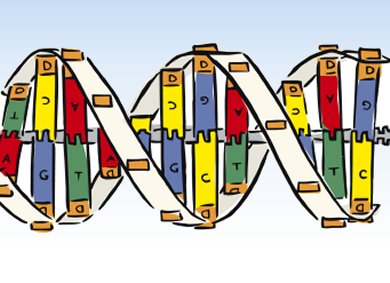Ion channels are pore-forming transmembrane proteins. By controlling the flux of ions and other solutes between the inside and the outside of cells, they regulate cellular electrical currents. Martin Langecker, Technische Universität München, Germany, and colleagues created artificial ion channels using scaffolded DNA origami, a technique which enables DNA self-assembly into tridimensional structures.
The artificial channels consist of two components. The first is a barrel-like cap anchored to the external side of the cellular membrane via associated cholesterol chains. Within the barrel, six double-helix DNA domains form the second element, a hollow tube which penetrates the membrane and regulates the transport of ions across it. Electrochemical measurements demonstrated that the artificial structures functionally resemble biological ion channels.
These synthetic channels might have important application as biosensors and drug delivery systems.
- Synthetic Lipid Membrane Channels Formed by Designed DNA Nanostructures,
M. Langecker, V. Arnaut, T. G. Martin, J. List, S. Renner, M. Mayer, H. Dietz, F. C. Simmel,
Science 2012, 338 (6109), 932–936.
DOI: 10.1126/science.1225624




